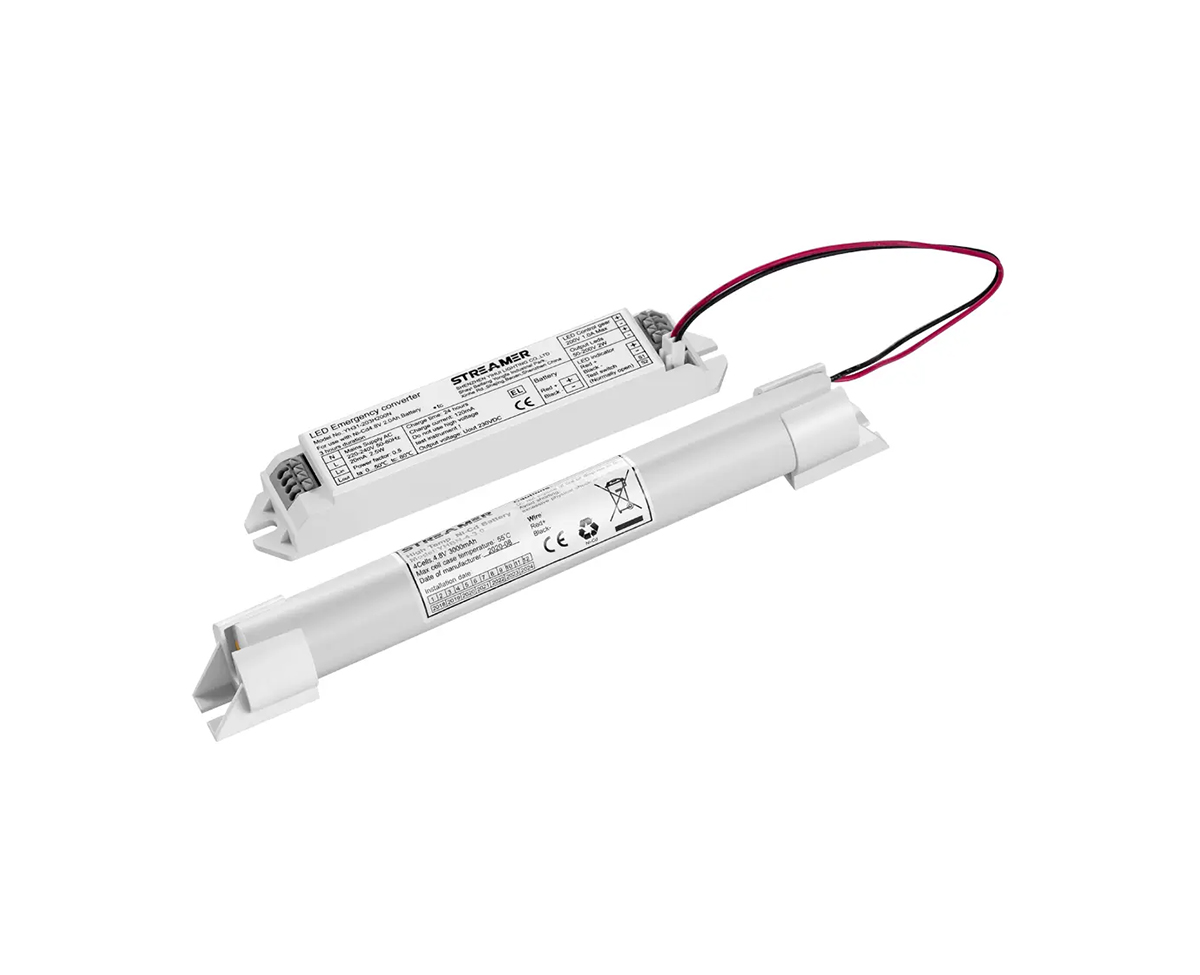 1
1
 Jun 06, 2025
Jun 06, 2025

DC power adaptation is a critical aspect of LED emergency converters, as it determines the compatibility and efficient operation of the converter with different DC power sources. LED emergency converters are often required to work with various DC power supplies, such as batteries, solar panels, or other DC - output devices, and proper adaptation ensures seamless integration and optimal performance.
The first key element in DC power adaptation is voltage matching. Different DC power sources have varying output voltages, and the LED emergency converter must be able to accept and regulate these voltages within an appropriate range. For example, common battery voltages include 12V, 24V, and 48V, while solar panels may have output voltages that vary depending on sunlight intensity and the panel configuration. The converter is equipped with voltage - regulation circuits, such as buck - boost converters, which can step up or step down the input voltage to a level suitable for powering the LED lights and charging the emergency battery. These circuits use advanced control algorithms to maintain a stable output voltage even when the input voltage fluctuates.
Another important factor is current handling. DC power sources also have different current - supplying capabilities, and the LED emergency converter needs to be able to handle the input current without overloading or causing damage. The converter's power - conversion components, such as power transistors and diodes, are selected based on their current - rating specifications. Additionally, current - limiting and over - current protection circuits are incorporated to safeguard the converter and the connected LED lights from excessive current, which could lead to component burnout or overheating.
Furthermore, the compatibility of the DC power source's charging characteristics with the emergency converter's battery - charging requirements is crucial. Different types of batteries used in LED emergency converters have specific charging profiles, including constant - current charging, constant - voltage charging, and trickle - charging phases. The converter must be able to communicate with the DC power source (in some cases, through communication protocols) to ensure that the battery is charged safely and efficiently. By carefully considering these aspects of DC power adaptation, LED emergency converters can operate effectively with a wide range of DC power sources, providing reliable emergency lighting in various applications.